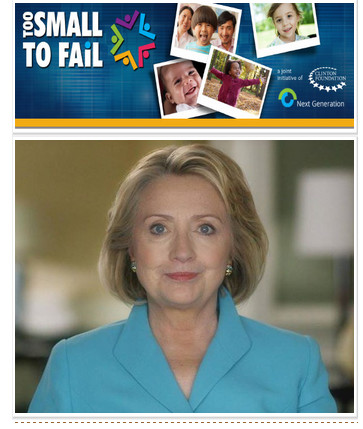Language Fluency is Easier With More Words to Build On
Approximately
20 percent of children in the United States hear a language other than
English spoken in the home, and are considered “dual language learners”.
This population is expected to more than double by 2030. While mastery
of English is important for success in school, research is showing that
being fluent in more than one language can actually contribute to
academic success. Children who master more than one language can develop
stronger math and reading skills in English, are more creative
thinkers, and can problem-solve and plan better than monolingual
children.
Infant
brains are highly attuned to language, and even in the womb a fetus can
detect language sounds. After birth and as a child ages, his brain’s
neural connections strengthen and he builds upon early vocabulary
development to expand his learning and mastery of his native language,
as well as other languages that he has been taught.
The
research shows that children who benefit the most from dual language
learning are those who hear many words from parents and caregivers, and
who have a strong vocabulary in their home language as well as English.
In fact, a review of 71 studies of language acquisition found that
English proficiency among dual language learners is stronger when there
is also a healthy foundation in a native language. This means that the
more parents and caregivers talk, read and sing with their children in
their native language, the better their knowledge of words and word
structure, and the better able they are to make connections to English.
Daycare
and preschool teachers also have an important role to play in the
proper language development of dual language learners. According to
Colorín Colorado, dual language learners who attend preschool should be
offered instruction that is sensitive to their home language, and makes
an effort to incorporate it as much as possible into English classroom
instruction. Parents should work closely with early educators to help
dual language learners become fluent in English, even as they retain
fluency in their home language.
Learn More:
- From Colorín Colorado, information about the language development—and proper instruction—of young dual language learners.
- Benefits of early dual language learning, from Zero to Three and Dr. Fred Genesee.
In The News:
Interactive
See the states with the most growth among dual language learners, from
The New York Times.
>>

